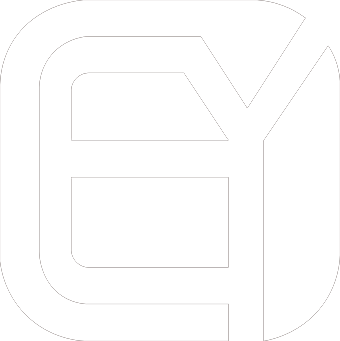Shaper Machine Parts And Functions
In the realm of manufacturing and machining, understanding the intricacies of various machine tools is indispensable. Among these tools, the shaper machine holds a significant place, offering versatility and precision in shaping workpieces. In this comprehensive guide, we delve into the parts and functions of the shaper machine, shedding light on its operational mechanisms and applications.
Base
The base of the shaper machine provides a sturdy foundation, ensuring stability during the machining process. Typically made of cast iron to withstand heavy loads and vibrations, the base supports the entire machine assembly.
Column
Rising from the base, the column serves as the backbone of the shaper machine. It houses the mechanism for vertical movement, allowing the ram to reciprocate smoothly. The column’s robust construction is vital for maintaining structural integrity and minimizing deflection.
Table
Positioned on the base, the table provides a flat surface for securing the workpiece. It can move horizontally to accommodate different cutting lengths and angles, enabling precise shaping operations. T-slots on the table facilitate the clamping of workpieces and fixtures for enhanced stability.
Ram
Mounted on the column, the ram carries the cutting tool and imparts the necessary reciprocating motion for shaping the workpiece. The ram’s movement is controlled by mechanisms such as crank and slotted link, ensuring uniform cutting strokes with adjustable speeds.
Tool Head
Located at the end of the ram, the tool head holds the cutting tool securely in place. Various types of cutting tools, including single-point tools, multiple-edge tools, and form tools, can be mounted on the tool head to achieve different machining operations.
Clapper Box
Positioned between the ram and the tool head, the clapper box facilitates the intermittent cutting action by allowing the cutting tool to lift off the workpiece during the return stroke. This reduces friction and wear on the tool, prolonging its lifespan and improving surface finish.
Cross Slide
Situated on the top of the column, the cross slide supports the table and enables horizontal movement perpendicular to the ram’s direction. It allows for precise positioning of the workpiece relative to the cutting tool, essential for achieving accurate dimensions and profiles.
Feed Mechanism
The feed mechanism controls the movement of the table or the ram during the cutting process. It ensures a consistent feed rate, resulting in uniform material removal and improved surface quality. Common feed mechanisms include automatic, mechanical, and hydraulic systems.
Drive Mechanism
Powering the shaper machine’s operation, the drive mechanism converts rotational motion into linear motion to drive the ram and the table. Depending on the design, drive mechanisms may include electric motors, hydraulic cylinders, or mechanical linkages.
Control Panel
Equipped with various controls and indicators, the control panel allows operators to adjust parameters such as speed, feed rate, and depth of cut. It also incorporates safety features and emergency stop mechanisms to ensure safe operation in diverse machining environments.
Understanding the parts and functions of the shaper machine is essential for maximizing its capabilities and achieving optimal results in machining operations. Whether used for shaping flat surfaces, cutting keyways, or producing intricate profiles, the shaper machine remains a versatile tool in the arsenal of modern manufacturing.
In conclusion, mastering the intricacies of the shaper machine opens up a world of possibilities in precision machining and fabrication. By harnessing its diverse capabilities and understanding its operational principles, manufacturers can unleash creativity and efficiency in their quest for excellence.

